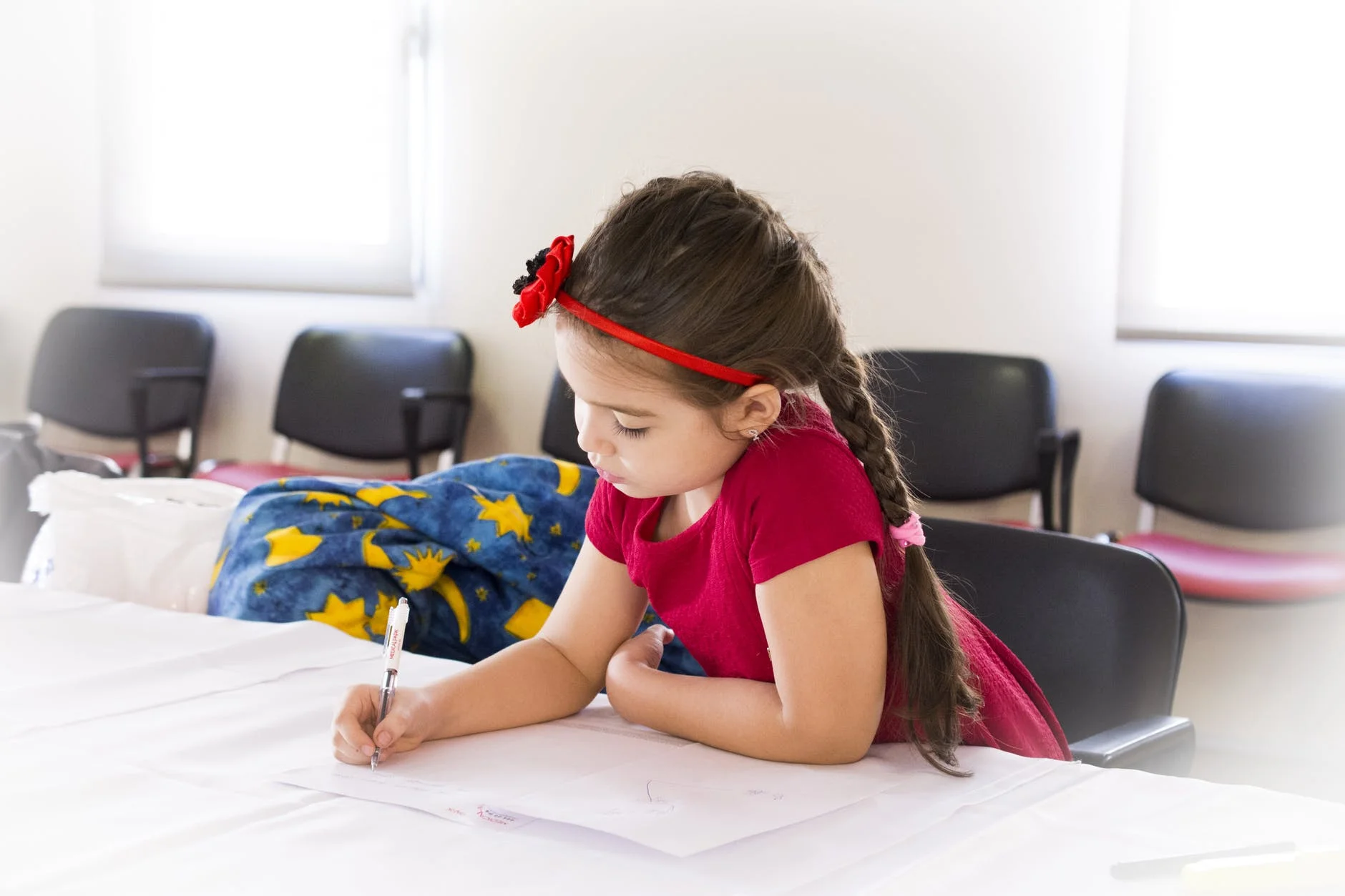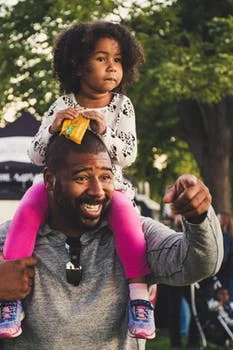Reflections On Using: The Classroom Behavior Record-Target Behavior Form
On Tuesday April 18th from approximately 9am-1am , I used the Classroom Behavior Record-Target Behavior Form (see picture for form) to collect data in my classroom. The following gives the context of the data collection, my experience collecting the data, and then reflections on the data collections process.
I teach in a Pre-K classroom with twenty enrolled four and five-year-old children. Some children are part time students and each day I have either seventeen or eighteen children in class. However, on the day of the data collection, there were only 13 students do to the fact that public schools were closed this week and some students were on vacation. Next to my class is the Preschool classroom with three and four-year-old children. The classrooms are not divided by a wall and are only separated by a shared loft play area and toy filled shelves. During, morning activity time children can engage in activities that are available in either classroom. On the other hand, children stay in their own room for structured activity time, circle time aka group time, and meal times children are in their own classrooms. Lead Teachers always stay in their respective rooms, but assistant teachers and float teachers now and then switch between classrooms depending on the needs of the day and the moment. On this day, Preschool had more children present then Pre-K and one of the preschool teachers was out sick so my assistant teacher and the float teacher who is a Northeastern Co-op occasional were helping in the preschool room. Because of this, I decided it would make the most sense to attempt to fill out the form on my own.
We use the Teaching Strategies Gold to document and assessment children’s behavior typically in the classroom. Because of these, I usually walk around with a clipboard and or an iPad to take notes and pictures. On this morning, I had the Classroom Behavior Record-Target Behavior Form attached to my clipboard to collect data. Overall, I found using the form relatively easy. Carrying it around on the clipboard made me have the data collection on my mind. If the form was not in front of me with easy access, I would not be surprised if I would have forgot about it at times. As the form did not require a lot of writing in the moment, it was easy to quickly jot down the corresponding letter to match the behavior in the time of day. . Before using the form, I thought briefly about what behaviors I would mark off. Some behaviors such as biting or taking someone’s toy were pretty cut and dry. On the other hand, some behavior like yelling, screaming, and noise with materials is more subjective. I admit, I am bias to allowing children to be noises, thus, I tried to judge the nature of the yelling and the noise. For instance, if a child was loudly making race car noises while playing or children were yelling out of excitement while building a Lego tower, I did not mark this on the form because I believe that these behaviors come from a positive place and should not be considered negative. On the other hand, other teacher’s might disagree with me and mark these behaviors as disruptive depending on the classroom climate they hope to achieve.
In the two-hour time I used the form, we had morning free play, clean up for snack, snack time, circle time where we read stories, structured activity time in small groups, and clean up/potty time in preparation of going outside. Overall, there were a small number of behaviors I marked off. There were five total behaviors I marked off total with one boy accounting for three of them. At one point the boy took someone else toy, teased another child by telling them he was not invited to his birthday, and later did not follow directions to clean up. There other instances were a tantrum when a child was being dropped off and another instance of a child taking another child’s block they were building with. After, having completed the data collection process, I reflected on my use of the form and came up with following ideas and observations.
1. The day I used the form was atypical. We are open public-school vacation week, but on school vacation week we have a higher number of both children and staff who are on vacation, so it was a somewhat atypical day. I might try to use the form again next week when things are bag to normal and in that attempt have one of my co-teachers who will be in the class consistently help with the data collections. Having another set of eyes and ears will most likely help with the seeing more of what is going on any given moment.
2. If I do collect data with a co-teacher, we probably would need to think of the best possible system to use the form. Some ideas might be having multiple copies of the form for us to carry around, the form in a centralized location, or creating a digital version of the form on an ipad that we both an edit and have access too.
3. I do believe the data collected in this form could be valuable. For instance, it could be helpful to see patterns related to children’s behavior in certain activities and where specific and or groups of children may need extra supervision and support. The form could also give you data if certain times of day or activities were correlated with challenging behaviors for the group and or specific children which could allow you to adjustments accordingly.
4. Regarding frequency of data collections and time frame of data collection, there are different things to consider. For instance, if you observe the same time in all your observations then what you are measuring will be more consistent which will allow you to make comparisons better between days. On the other hand, collecting data at the same time, might make you miss behavior that is more likely to happen at other times of day. To give a concrete example of what I mean, my school is open 7:30am-6pm and there are some children who spend nearly all that time at school. Some of those children might be very well behaved in the morning but start breaking down and acting up after 4pm. If you only collected data in the mornings, then you would be missing their afternoon breakdowns. There is also the issue of part time students and or students who are absent frequently. I would argue for the data to be useful, it most likely will have to be collected regularly 2+ times a week and at a variety of times.
5. I believe the form needs a column for “transitions”. In my experience, transition times is one of the times when challenging behavior is most likely to occur. I think it would be important data to capture this for teachers as it might be a signal that they need to change their transition practices if that is when behaviors are occurring.
6. I think it might be an interesting idea for a large group of teachers to watch a video of children in a classroom and then all use the form to mark off behavior. It would be interesting to see if teachers recorded behavior and were in agreement on what disruptive or disrespectful behavior looks like. In my experiences as a teacher and observing other teachers, I’ve found that teachers often have widely different view points about the same behavior. For instance, a child climbing up a slide might be looked as by one teacher as being disruptive and not following rules and by another teacher as a child challenging their gross motor abilities who should be encouraged. I think for a form like this, that the teacher’s should fill it out based on the culture and philosophy of the school were they are working at.
7. I am personally biased to having too much of a deficit model where we focus on negatives. Thus, I suggest a possible additional form where a teacher can mark down positive and pro-social behavior such as inviting a friend to play, sharing, giving hugs, and taking turns without prompting.
8. As more schools uses computers and tablets to collect data, it could be interesting to create a spreadsheet version of the form. This would allow to save and look at data over time in a saved location. In addition, as teachers become more comfortable with data and tech they could be trained to use some of the more advanced features of excel to look for patterns in the data.



